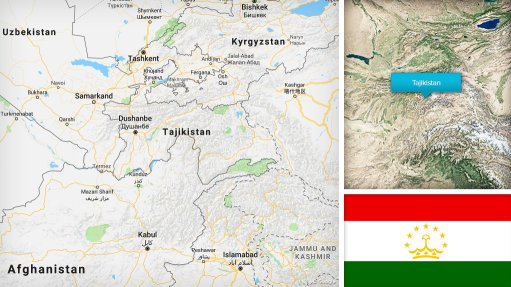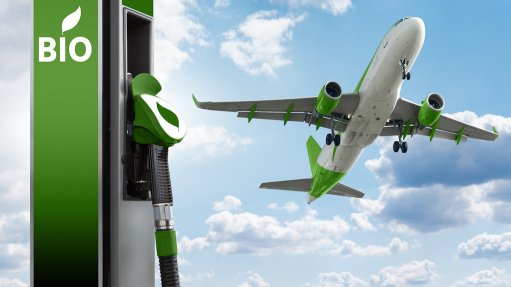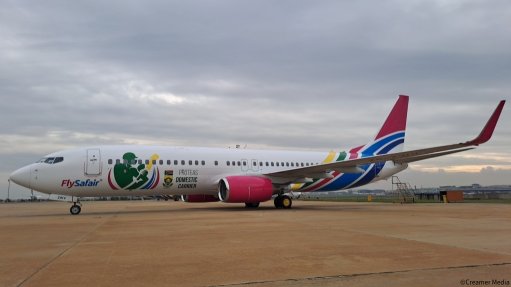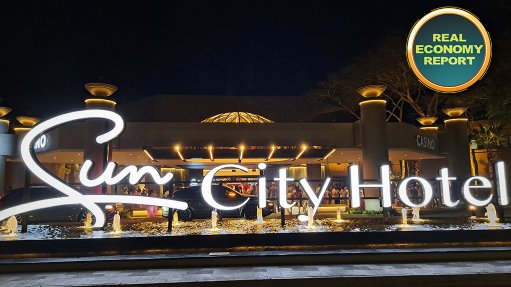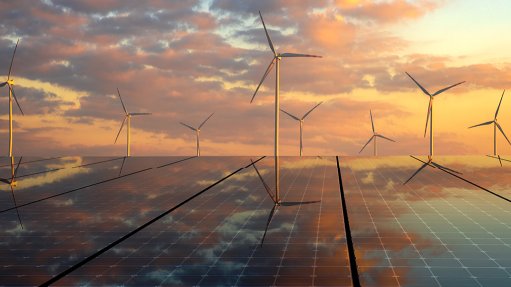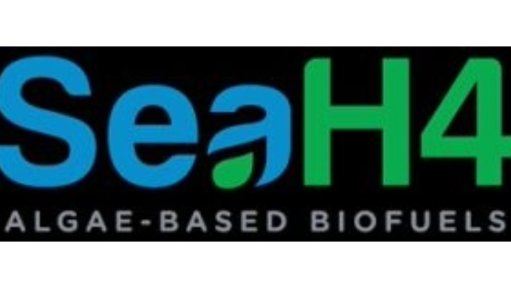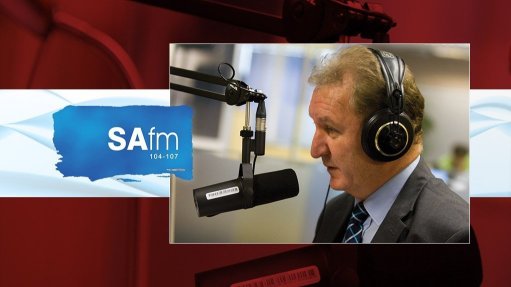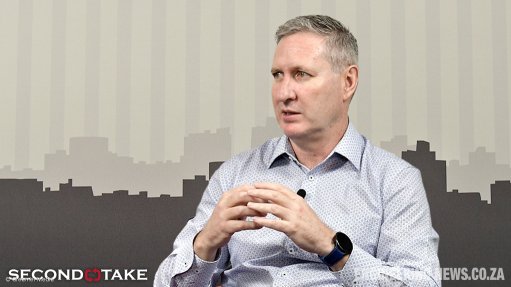Project helps industry achieve energy and cost savings

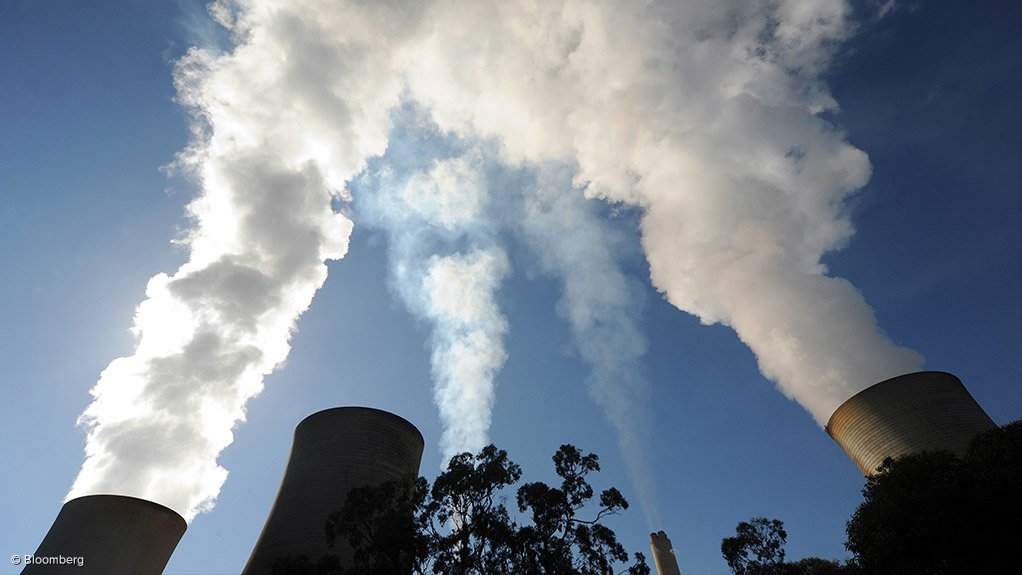
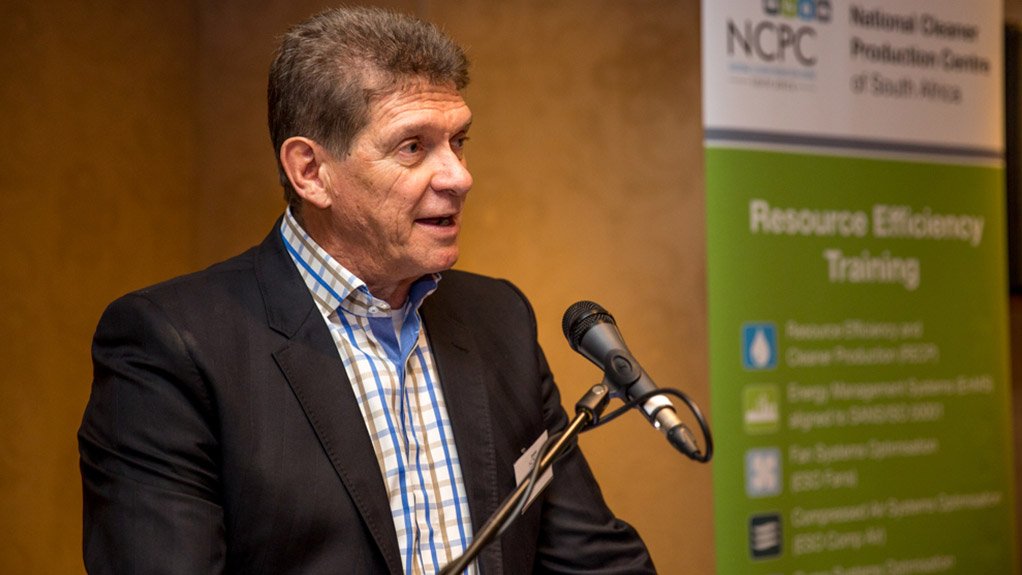
INSPECTION The IEE project calculates boiler plant and heat exchanger efficiencies, quantifies boiler and system losses, and establishes the cost of steam generation
Photo by Bloomberg
ALF HARTZENBURG The absence of a steam trap management policy and poorly optimised production processes using steam present significant opportunities to optimise steam systems and improve steam performance
With steam accounting for about 30% of industrial plant energy consumption, the National Cleaner Production Centre South Africa’s (NCPC-SA’s) Industrial Energy Efficiency (IEE) Project is assisting industry in assessing steam systems to achieve energy and cost savings.
Steam is used widely across industry and, in many cases, not efficiently such as low boiler loading, incorrect sequencing of multiple boilers, poor combustion controls, and uninsulated piping and heated vessels, says NCPC-SA IEE manager Alf Hartzenburg.
“The absence of a steam trap management policy and poorly optimised production processes using steam present significant opportunities to optimise steam systems and improve steam performance.”
He adds that the four key components of a steam system – generation, distribution, end-use and recovery – present a range of optimisation opportunities.
The NCPC-SA works with companies to identify performance-improvement opportunities, which, in turn, lead to the optimisation of steam systems. The NCPC-SA uses a systems approach that analyses the supply and demand of steam systems to gain an understanding of how the supply and demand side interact with each other.
“We conduct a steady-state, steady-flow analysis, where we model common average conditions and apply an understanding of thermodynamics, heat transfer and fluid flow principles,” says Hartzenburg.
He explains that the IEE project uses the US Department of Energy software such as the steam assessment scoping tool, the steam system assessment tool and the steam system modelling tool. The project also uses the North American Insulation Manufacturing Association’s 3E-plus software, which uses field measurements and observations to model all aspects and components of a steam system.
“We apply our understanding of the system to develop optimisation projects systematically, conduct a gap analysis and compare actual to best practices.”
Further, the IEE project calculates boiler plant and heat exchanger efficiencies, quantifies boiler and system losses, and establishes the cost of steam generation. Thereafter, project modelling is used to identify aspects through which steam demand can be reduced and, by applying the calculated marginal steam cost, project savings and project payback can be quantified.
Since the NCPC-SA began the IEE project, the IEE has been highly effective at all the plants on which it has worked, says Hartzenburg, adding that “reported savings from steam system optimisation projects conservatively range from 8% to 15% of boiler fuel input cost”.
He mentions that the optimisation of systems has resulted in savings on fuel costs, a reduction in carbon emissions and, subsequently, reduced liability for a potentially punitive carbon tax penalty, and exploiting the 12 ℓ tax incentive benefit.
Boilers Optimised
The IEE project optimises small to large industrial dry and wet back fire-tube boilers with a typical maximum output of 20 t/h saturated steam.
Hartzenburg says these boilers are limited in size and come in many different designs, with one, two and three passes of the combustion gases in the tubes to maximise heat transfer as boilers converts water to steam. The pressure of steam generated in fire-tube boilers is typically a maximum of 20 bar.
“Our work also includes optimising water-tube boilers, especially in large steam use, where operating pressures range from atmosphere to +250 bar, with steam output ranging between 2 t/h and 5 000 t/h.”
However, he adds that water-tube boilers produce saturated and superheated steam and, owing to their size, these boilers are generally manufactured off site and assembled on site.
The IEE project recently started work at a brewery with multiple 20 bar, 20 t/h fire-tube boilers; a paper mill with multiple 10 bar, 15 t/h fire-tube boilers; and a thermal power plant with an 82 bar, 127 t/h water-tube boiler.
However, rising electricity tariffs and an inconsistent supply has moved South African industry to a tipping point where back pressure and condensing steam turbine cogeneration projects, where steam is used to power rotating equipment such as pumps, motors, fans and compressors, power absorption chillers and generate electricity, are looking increasingly attractive.
Digitalisation applications, such as sequencing multiple boilers and developing acoustic signatures for steam traps to predict failures, are contributing to efforts to improve steam system performance in South African industry, concludes Hartzenburg.
Article Enquiry
Email Article
Save Article
Feedback
To advertise email advertising@creamermedia.co.za or click here
Comments
Press Office
Announcements
What's On
Subscribe to improve your user experience...
Option 1 (equivalent of R125 a month):
Receive a weekly copy of Creamer Media's Engineering News & Mining Weekly magazine
(print copy for those in South Africa and e-magazine for those outside of South Africa)
Receive daily email newsletters
Access to full search results
Access archive of magazine back copies
Access to Projects in Progress
Access to ONE Research Report of your choice in PDF format
Option 2 (equivalent of R375 a month):
All benefits from Option 1
PLUS
Access to Creamer Media's Research Channel Africa for ALL Research Reports, in PDF format, on various industrial and mining sectors
including Electricity; Water; Energy Transition; Hydrogen; Roads, Rail and Ports; Coal; Gold; Platinum; Battery Metals; etc.
Already a subscriber?
Forgotten your password?
Receive weekly copy of Creamer Media's Engineering News & Mining Weekly magazine (print copy for those in South Africa and e-magazine for those outside of South Africa)
➕
Recieve daily email newsletters
➕
Access to full search results
➕
Access archive of magazine back copies
➕
Access to Projects in Progress
➕
Access to ONE Research Report of your choice in PDF format
RESEARCH CHANNEL AFRICA
R4500 (equivalent of R375 a month)
SUBSCRIBEAll benefits from Option 1
➕
Access to Creamer Media's Research Channel Africa for ALL Research Reports on various industrial and mining sectors, in PDF format, including on:
Electricity
➕
Water
➕
Energy Transition
➕
Hydrogen
➕
Roads, Rail and Ports
➕
Coal
➕
Gold
➕
Platinum
➕
Battery Metals
➕
etc.
Receive all benefits from Option 1 or Option 2 delivered to numerous people at your company
➕
Multiple User names and Passwords for simultaneous log-ins
➕
Intranet integration access to all in your organisation








